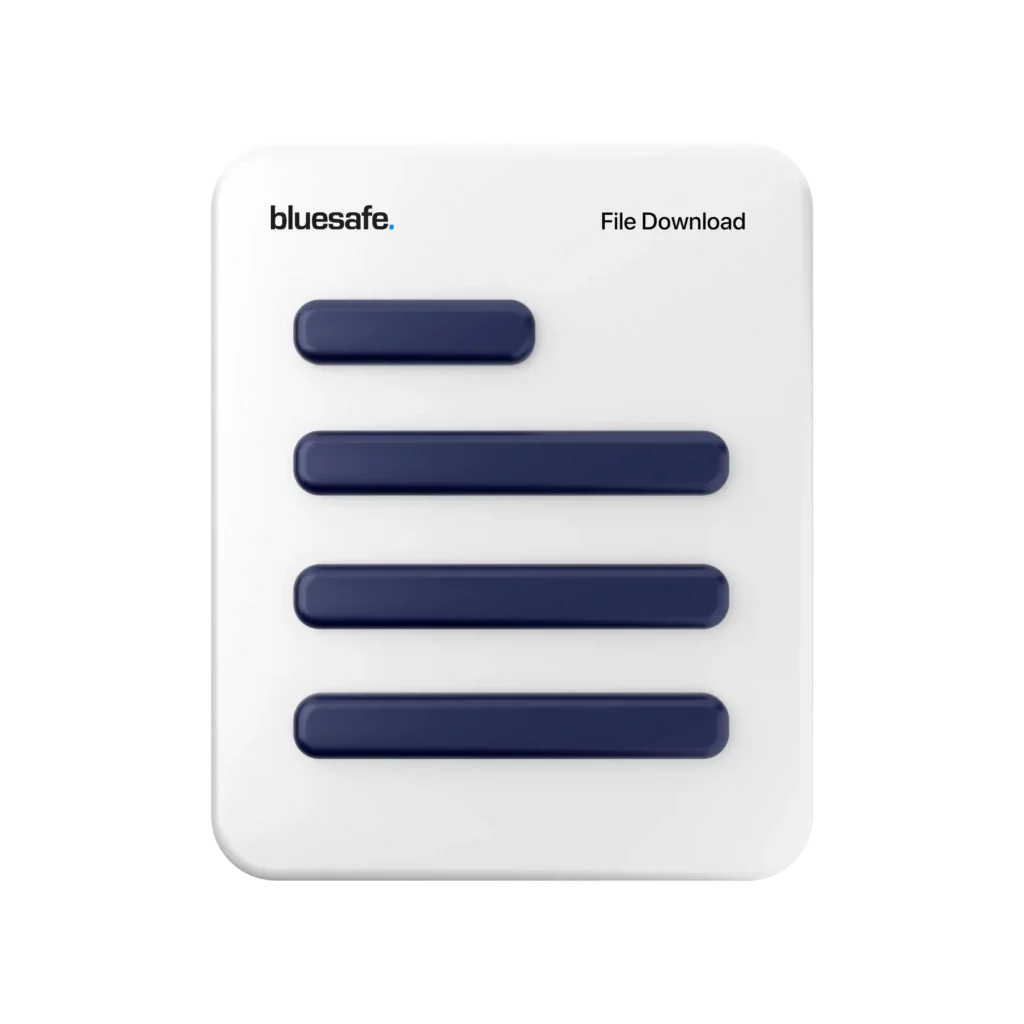- Electrical hazards associated with the operation of machinery
- Slips, trips, and falls due to uneven surfaces, cluttered work areas, and use of inappropriate footwear
- Chemical hazards associated with the use of cleaning agents and solvents
- Physical hazards associated with the manual handling of heavy items and exposure to moving machinery parts
- Noise exposure
Risk Controls: The following controls have been implemented to manage the risks associated with PVC pipe belling mould operations:
- Electrical hazards:
- All machinery is electrically tested and tagged before use.
- Regular maintenance of machinery and electrical equipment is conducted by a qualified electrician.
- Workers are trained in electrical safety procedures.
- Slips, trips, and falls:
- Workers are required to wear appropriate footwear.
- Work areas are kept free from clutter and debris.
- Uneven surfaces are clearly marked and made safe.
- Chemical hazards:
- Workers are trained in the safe use, handling, and storage of cleaning agents and solvents.
- Personal protective equipment, including gloves and eye protection, is provided and used when required.
- Physical hazards:
- Workers are trained in safe manual handling techniques.
- Machinery is fitted with guards to prevent exposure to moving parts.
- Workers are provided with appropriate personal protective equipment, including gloves, eye protection, and ear protection.
- Noise exposure:
- Machinery is maintained to reduce noise levels.
- Workers are provided with appropriate personal protective equipment, including ear protection.
Emergency Procedures: In the event of an emergency, the following procedures are to be followed:
- In the event of an electrical emergency, machinery must be shut down immediately, and the electrical supply isolated.
- In the event of a fire, the fire alarm must be activated, and the area evacuated.
- In the event of a chemical spill or exposure, workers must follow the spill response procedure and seek medical attention if required.
- In the event of a serious injury, workers must seek medical attention immediately and notify their supervisor.
Training and Induction: All workers involved in PVC pipe belling mould operations must receive the following training and induction:
- Electrical safety training
- Manual handling training
- Chemical safety training
- Personal protective equipment training
- Emergency procedures training
Gary’s Safety Tips 
G’day everyone, it’s Gary here, and today I want to talk about a pretty important topic: developing Safe Work Method Statements (SWMS) for high-risk environments. Now, I know what you might be thinking – “Gary, why should I care about this stuff? It sounds boring!” But let me tell you, my friends, this is something that you simply cannot afford to ignore.
When it comes to working in high-risk environments, safety should always be your number one priority. Whether you’re working in construction, mining, or any other high-risk industry, you need to be prepared for the potential dangers that you might face on the job. That’s why developing a comprehensive SWMS is so important.
First things first, let’s define what we mean by a high-risk environment. Essentially, a high-risk environment is any workplace where there is a significant risk of injury or harm to workers. This could include anything from working at heights, working with hazardous chemicals, or operating heavy machinery.
Now, let’s talk about what a SWMS actually is. Put simply, a SWMS is a document that outlines the steps that need to be taken to complete a high-risk task safely. It should include information on the potential hazards associated with the task, as well as the controls that will be put in place to mitigate those hazards.
Developing a SWMS might seem like a lot of work, but trust me when I say that it’s worth it. By taking the time to properly plan out a high-risk task, you can help to prevent accidents and injuries from occurring. Not only is this good for your workers, but it’s also good for your business – after all, accidents and injuries can be expensive, both in terms of lost productivity and workers’ compensation claims.
So, how do you go about developing a SWMS? Well, the first step is to identify the high-risk tasks that need to be completed on your worksite. This could include anything from operating heavy machinery to working at heights to handling hazardous chemicals.
Once you’ve identified the high-risk tasks, you need to break them down into individual steps. For each step, you should identify the potential hazards and the controls that will be put in place to mitigate those hazards. This might include things like wearing personal protective equipment (PPE), using safety barriers, or implementing safe work procedures.
It’s important to involve your workers in the development of the SWMS. After all, they’re the ones who will be carrying out the tasks, so they’ll have valuable insights into the potential hazards and the best ways to mitigate them. By involving your workers in the development of the SWMS, you can also help to ensure that they understand the importance of working safely and are committed to following the controls that have been put in place.
Once your SWMS is complete, it’s important to review it regularly to ensure that it remains up-to-date and relevant. This might involve revising the SWMS if there are changes to the task or the worksite, or if new hazards are identified.
At the end of the day, developing a comprehensive SWMS is all about making sure that your workers are able to carry out high-risk tasks safely. By taking the time to plan out each step of the task and identify potential hazards, you can help to prevent accidents and injuries from occurring. This is not only good for your workers, but it’s also good for your business – after all, a safe worksite is a productive worksite.
So, if you’re working in a high-risk environment, don’t take shortcuts when it comes to safety. Take the time to develop a comprehensive SWMS and involve your workers in the process. By doing so, you can help to ensure that everyone goes home safely at the end of the day. Remember, safety is everyone’s responsibility – and by working together, we can create a safer, healthier, and more productive workplace.
One thing to keep in mind is that a SWMS is not a static document. It should be a living document that is regularly updated as new hazards are identified or as changes are made to the task or the worksite. This means that you should be prepared to review and revise your SWMS on an ongoing basis to ensure that it remains relevant and effective.
In addition to developing a comprehensive SWMS, there are a few other things that you can do to help ensure a safe working environment in high-risk industries. These include providing regular safety training to your workers, ensuring that all equipment is regularly maintained and inspected, and encouraging your workers to speak up if they identify any potential hazards or safety concerns.
At the end of the day, developing a safe work method statement is just one piece of the puzzle when it comes to creating a safe and productive workplace. But it’s an important piece, and one that you simply cannot afford to ignore. So if you’re working in a high-risk industry, take the time to develop a comprehensive SWMS and make sure that safety is always your top priority.
Until next time, stay safe out there!
Cheers,

![]()






